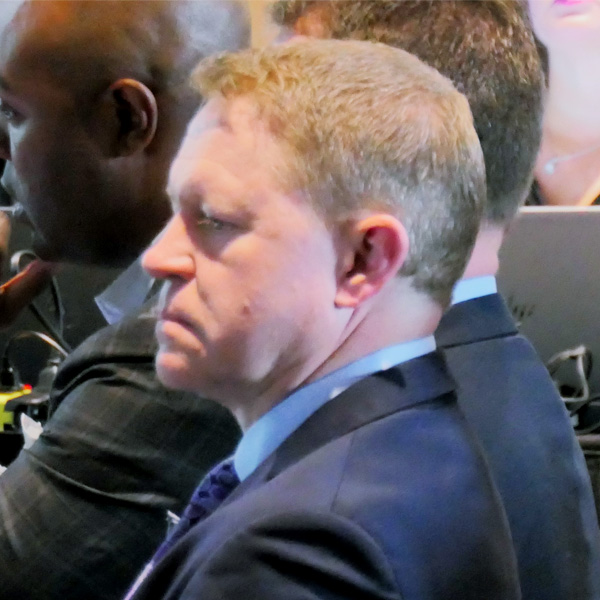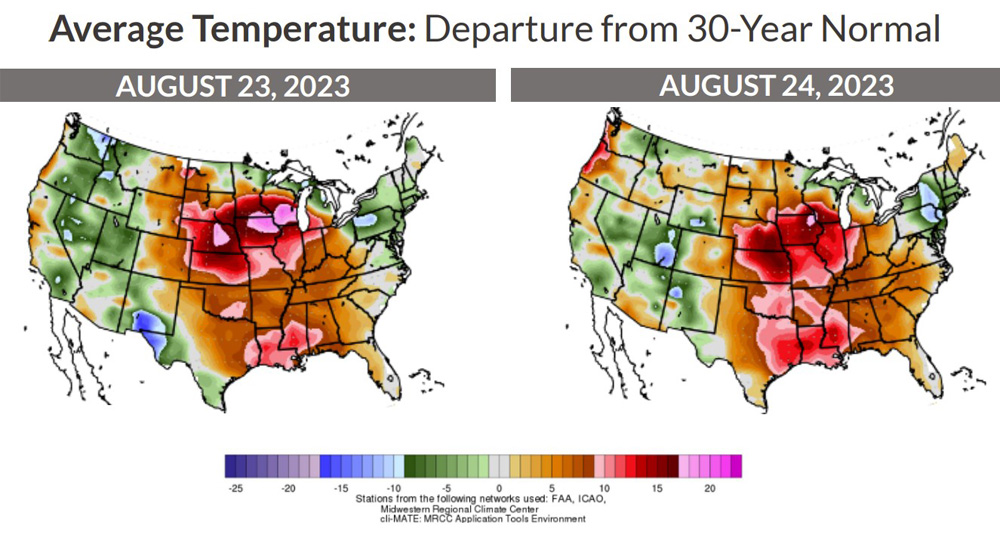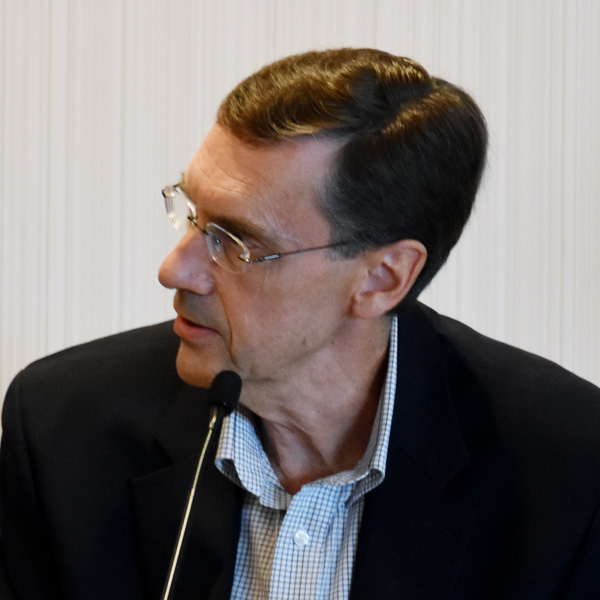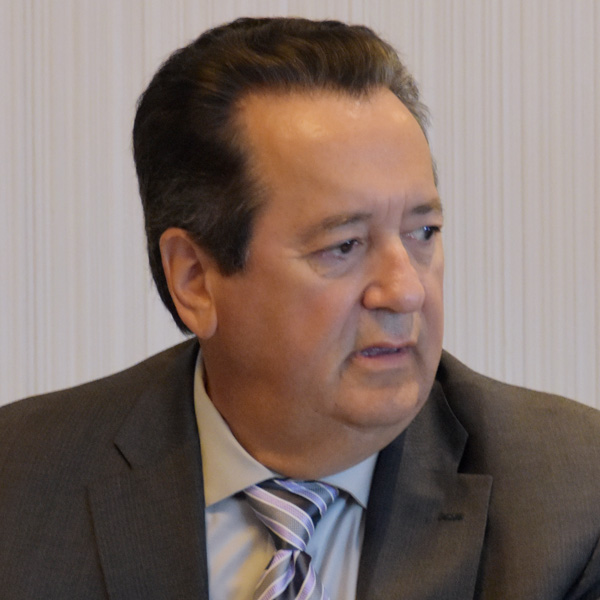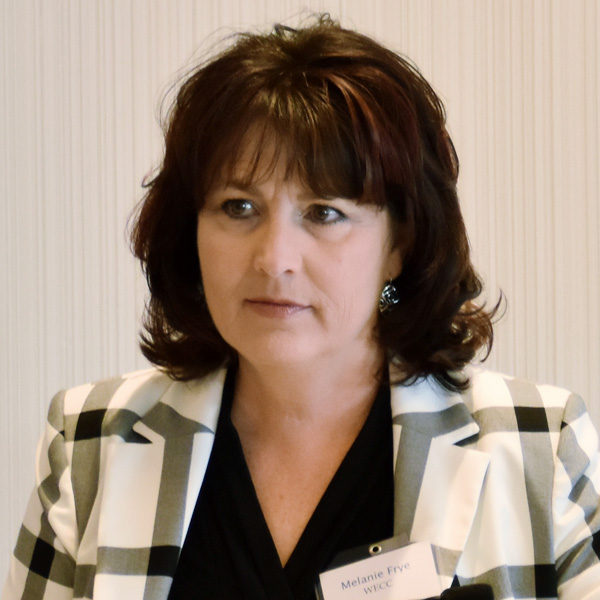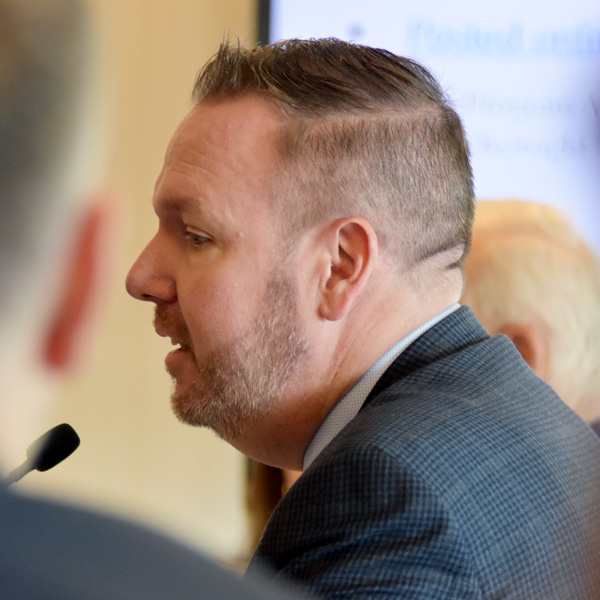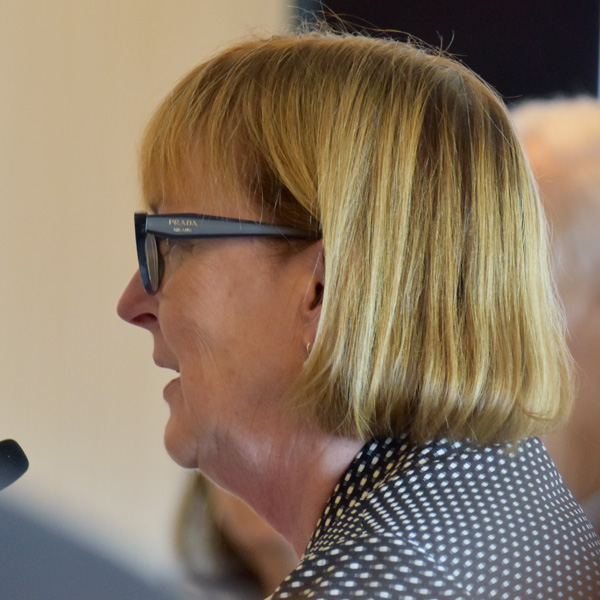SPP said last week that recent announcements by the Western Area Power Administration (WAPA) and Basin Electric Power Cooperative have rounded out the group of western utilities that plan to pursue membership in the grid operator’s Western Interconnection RTO market.
The announcements give SPP seven utilities interested in becoming the SPP RTO West’s inaugural full members when it begins operations in 2026. SPP will become the first U.S. grid operator to provide RTO services in both the Eastern and Western Interconnections.
CEO Barbara Sugg said on X, the social network formerly known as Twitter, “I am excited for these commitments to continue growing the RTO in the West and look forward to working together to keep the lights on!”
WAPA Administrator Tracey LeBeau issued a decision letter Sept. 8 authorizing three of its four regions — Colorado River Storage Project (CRSP), Upper Great Plains (UGP) and Rocky Mountain — to pursue final negotiations with SPP for RTO West membership. A federal agency, WAPA had to first file a recommendation report in the Federal Register and solicit public input.
LeBeau said participating in SPP RTO West is consistent with WAPA’s commitment to develop alternative ways to retain and increase the value of its resources and services.
“Taking under careful consideration our customers’ and our industry’s collective movement to adapt to a rapidly changing energy environment, I am pleased at the progress we have made as WAPA takes a further thoughtful step in pursuing final negotiations with SPP,” she said in a statement.
As part of the final negotiations, WAPA will develop implementation details to pseudo-tie CRSP customers from the Western Area Colorado Missouri balancing authority area to the Western Area Lower Colorado BAA. It said this will address CRSP customer concerns about the potential effects of RTO membership for entities outside the footprint.
If the final negotiations with SPP are successful, CRSP and Rocky Mountain will execute membership agreements and UGP will expand its participation in SPP’s eastern RTO.
Basin Electric alerted SPP of its intent to pursue RTO membership on Sept. 12. It must execute a signed commitment agreement by Oct. 10.
WAPA and Basin Electric already are members in SPP’s Eastern Interconnection footprint. Both were part of the Integrated System, which joined SPP in 2015. (See Integrated System to Join SPP Market Oct. 1.)
WAPA annually markets and transmits more than 28,000 GWh of renewable power from 57 hydroelectric power plants in 15 western and central states. Basin Electric is a generation and transmission association with 141 member cooperative systems across nine states serving 3 million consumers.
Other interested RTO West members include:
-
- Colorado Springs Utilities;
- Utah’s Deseret Generation and Transmission Cooperative;
- Municipal Energy Agency of Nebraska;
- Platte River Power Authority in Colorado; and
- Tri-State Generation and Transmission Association.
SPP has been working with the utilities for almost three years to evaluate the benefits and requirements of RTO membership. A Brattle Group study has identified at least $49 million in annual savings for members of SPP RTO West.
The western RTO’s success hinges on SPP’s use of three DC ties between its two footprints to optimize energy markets and create new opportunities for energy transfers and improved system resilience for both current and future members.
“Creating multiple market options for new members will enable market designs that align with the unique needs of one or more geographic regions and provide opportunity for all to benefit,” Bruce Rew, SPP’s senior vice president of operations, said.
The potential members currently are participating in the grid operator’s Western Energy Imbalance Service (WEIS) market. SPP says the WEIS provided an estimated $31.7 million in net benefits for its participants last year and reduced wholesale energy costs by $1.35/MWh through real-time dispatch.
SPP expects RTO West to add additional members, beginning in 2027. They have a March 1 deadline to indicate their interest in membership.
The RTO has 110 member companies in the Eastern Interconnection.
